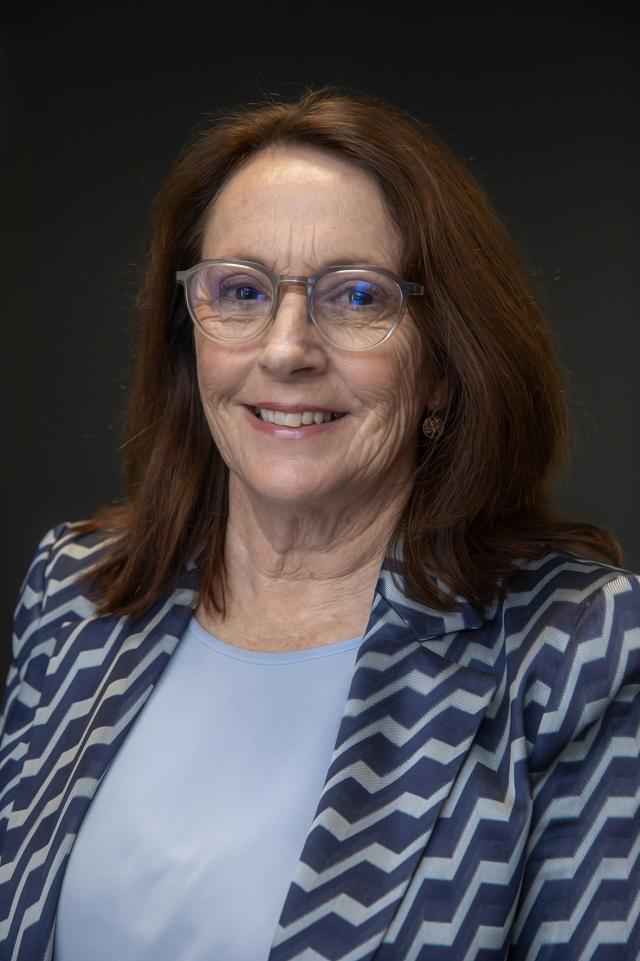For most Councils, while the arts are recognised as part of Local Government’s responsibilities, they are rarely treated as central to day to day activities. Led by a visionary Council, Kate Brennan, Manager of Cultural Development and Marketing at the City of Melbourne and her team, take a different and more forward looking view.
“The City of Melbourne has given arts and cultural development centre stage in its strategic planning,” Kate Brennan said. “This reflects the culturally rich experience that is so much part and parcel of life in Melbourne.
“Council aims to ensure Melbourne remains the preeminent arts community in Australia and in the Asia Pacific region. It has backed this up with the recent injection of $21 million over the next three years.”
For many years, Melbourne has nurtured and supported a diverse range of artists. As the first Council in Australia to employ a Community Arts Officer, the city has a long tradition of innovation in arts programming yielding outstanding results in both social and economic terms.
“As well as economic benefits through tourism dollars generated from major events, such as our International Festivals, Council’s investment in public art has enhanced the ambience of the city,” Kate said.
Council’s innovative Percent for Arts Program ensures permanent arts funding set at a level of one percent of Council’s Public Works Budget. This contributes to quality urban planning, a thriving arts industry and improved quality of life for residents and business.
“Councils often see insurmountable barriers to many arts activities requiring excessive resources,” Kate said. “This is not the case at Melbourne.
“For example, the sealing off a city street for a short time for filming or a live performance, then returning it to normal functioning, is not a problem thanks to a carefully designed organisational plan that aims to overcome practical difficulties.”
Kate explained that the key to the success of its programs is Council’s partnership with other major stakeholders. Close ties between Council and the State Government, affirmed in the Capital City Policy, brings cooperation in funding and the management of cultural initiatives. Its links with the business community enables Council to encourage private sector support for various arts programs.
Ongoing input from the arts community is also assured with the representation of practising artists and senior arts managers on Council’s Cultural Development Advisory Board, which is chaired by Paul Clarkson, from the Australian Opera.
“Council believes it is now the benchmark for world best practice in the area of cultural development. We have definitely set a high standard of commitment to the arts for others to follow,” Kate Brennan concluded.







